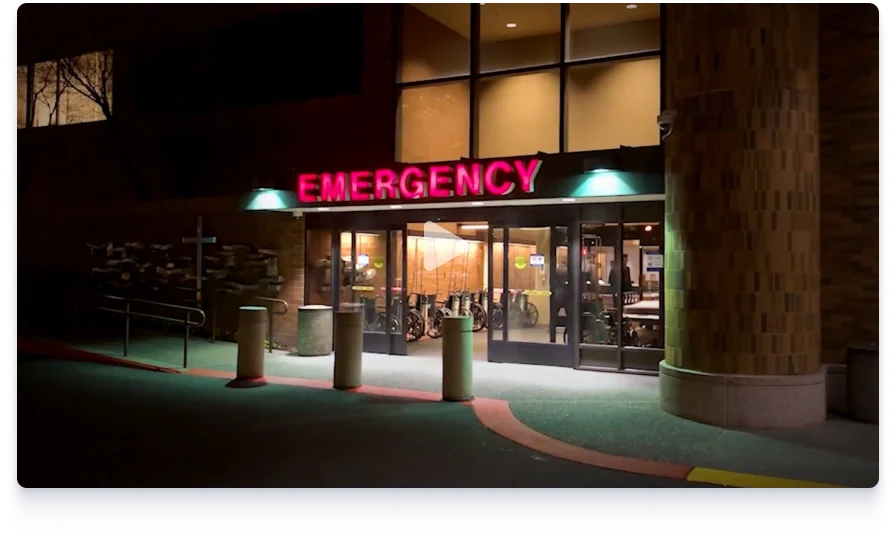When it comes to assessing safety risks in hospitals, preparation starts with awareness. Knowing the risks facing your facility—and the surrounding community—is key to implementing security strategies that keep patients, staff, and visitors safe.
Start with a Crime Report
Every facility can—and should—start by contacting their local law enforcement agency for a comprehensive crime report. These reports provide detailed data on incidents that have occurred within a three-mile radius of your hospital, offering a valuable snapshot of potential threats in your area.
Armed with this information, hospital security teams and administrators can identify trends, spot vulnerabilities, and ask the right questions that lead to actionable solutions.
Part 1: Identify Vulnerabilities and Ask the Right Questions
Risk assessment isn’t just about collecting data; it’s about interpreting it effectively. Here are some common community-related vulnerabilities and the questions you should be asking:
Vulnerability: High Volume of Car Break-Ins
- Key Questions:
- Is our facility’s parking lot well-lit at night?
- Are we doing enough to deter loitering and petty crime around our property?
- Potential Solutions:
- Partner with your local Department of Public Works to improve lighting in and around your facility.
- Explore beautification efforts such as graffiti removal and general cleanup, which can reduce crime by creating a more cared-for environment.
Vulnerability: Increased Gun-Related Crime
- Key Questions:
- What preventative measures can we take to keep weapons out of our hospital?
- Are our current surveillance and communication systems equipped to detect and respond to potential threats?
Part 2: Invest in Preventive Security Measures
A layered, proactive security strategy is essential to keeping weapons—and individuals with harmful intent—off your premises. Consider incorporating the following components into your hospital’s security infrastructure:
- Surveillance Cameras:
Install strategically placed cameras, including license plate recognition (LPR) systems, around your parking areas and the perimeter of your building to monitor and identify suspicious behavior. - Clear Signage and Audio Warnings:
At every entrance, display prominent signs and audio messages that state weapons are strictly prohibited on hospital grounds. These serve as a deterrent and a legal reinforcement of your security policy. - Two-Way Communication Tools:
Equip your security staff with radios or communication devices to enable quick coordination and response to emerging threats. - Automated Door Locks:
Install automated locking mechanisms at key entry points that can be triggered remotely to restrict access during high-risk situations. - AI-Driven Weapons Detection Systems:
Consider investing in advanced, AI-powered screening technologies that can detect weapons and alert security teams before a threat escalates. - Threat Delay Protocols:
Implement protocols that temporarily delay suspected threats—such as locking doors for up to 30 seconds—giving your team critical time to respond appropriately.
Final Thoughts
Risk assessment is not a one-time task—it’s an ongoing process that evolves with your community. By combining local crime data with a thoughtful, layered security approach, hospitals can better protect their staff, patients, and infrastructure. Safety begins with awareness, and preparedness begins with asking the right questions.





